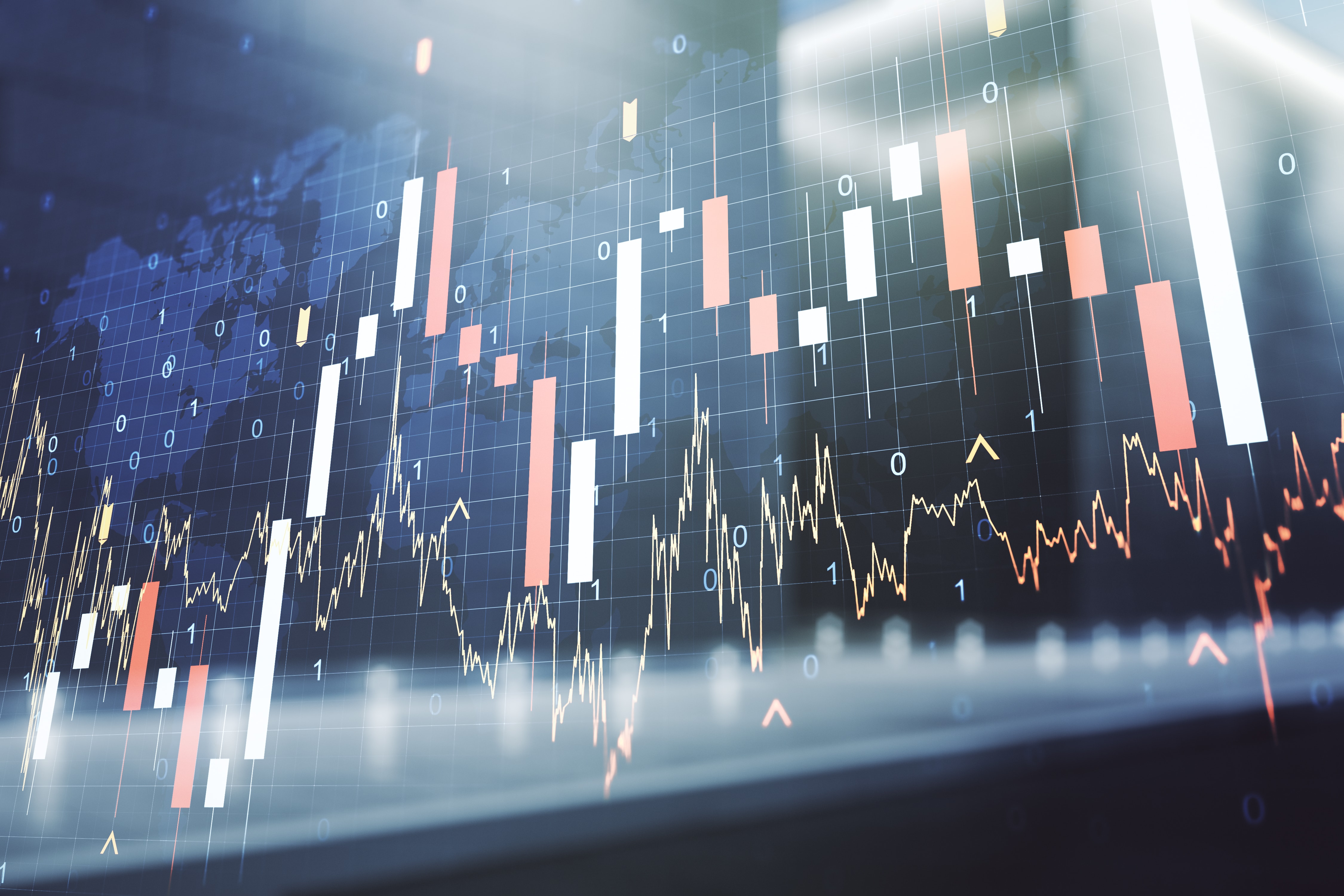There is a huge performance dispersion between thematic ETFs from the same sector such as clean energy meaning an even greater emphasis on product selection is needed compared to other areas of the ETF market.
According to data from Bloomberg Intelligence, there has been an average performance gap of 28 percentage points between the best and worst performers in each thematic ETF category in Europe over the past 12 months.
In particular, blockchain, health care and clean energy have the largest spreads between the top and bottom performers while cybersecurity and cloud computing have the narrowest highlighting that the ETFs in these sectors could own many of the same stocks.
Thematic strategies were some of the best performing ETFs in Europe last year with the iShares Global Clean Energy UCITS ETF (INRG) returning 136% while the WisdomTree Cloud Computing UCITS ETF (WCLD) and the Invesco Elwood Global Blockchain UCITS ETF (BCHN) soared 113% and 95%, respectively.
With wide performance dispersions and huge returns on offer, this dampens the importance of fees in comparison. There is currently an average fee dispersion of 36 basis points between thematic ETFs in the same category, a modest gap in contrast.
As Athanasios Psarofagis, ETF analyst at Bloomberg Intelligence, said: “Performance among Europe's thematic ETPs can vary widely, outweighing differences in fees and emphasising the importance of product selection.
“Given this performance dispersion and varying approaches to thematic investing, we expect the category to be less susceptible to cost pressure than more traditional benchmark-tracking ETFs.”
ETF issuers are typically very active in their approach when designing a thematic index which can lead to significant differences between strategies in the same segment.
Highlighting this, the four ETFs that offer exposure to digital health and healthcare innovations have less than a 20% overlap between holdings, according to data from Global X.
While capturing the same megatrends, Morgane Delledonne, director of research at Global X, said approaches can vary greatly between ETF issuers.
“As an issuer, we make active decisions in the index design including definition and scope of a theme, weighting scheme, rebalance schedule, number of stocks and revenue thresholds,” Delledonne added.
Selection criteria
Therefore, the huge performance dispersions between thematic ETFs in the same megatrend has made the job of the investor more challenging when looking to select which strategy to include in their portfolio.
Andrew Limberis, investment manager at Omba Advisory & Investments, said the process is different to selecting other types of ETFs in terms of what metrics should be prioritised.
“We have seen big dispersions in performance which we see as a good thing as it means there is opportunity and value-add in terms of ETF selection,” he added.
The purity of theme versus the diversification and liquidity of the strategy has been a key focus for investors especially as inflows into thematic ETFs have surged over the past year. According to data from Global X, there are currently 61 thematic ETFs listed in Europe with $35.6bn assets under management (AUM), up from $7.9bn since the start of 2020.
One thematic ETF in particular, BlackRock’s INRG, saw $3bn inflows in 2020 which had the effect of artificially driving up the stock prices of the underlying 30 holdings – many of which were small cap names – and leading to potential liquidity risks if the inflows reversed.
When assessing the purity of the theme, Limberis said it was important to move beyond simply the size of the underlying holdings and assess the maturity of the relevant company by looking at metrics such as revenue and earnings growth.
“We feed this and other information back to our investment process in terms of how mature each company is versus how mature the broader theme is, which in turn informs our opinion of risk and opportunity,” he added.
Echoing his views, Matt Brennan, head of passive portfolios at AJ Bell, said along with focusing on the liquidity characteristics of smaller companies in the ETF, how the product will have to change if AUM increases rapidly over a short period of time is also a key consideration.
“When it comes to thematic ETFs, it moves away from a quantitative research process to something more qualitative,” Brennan stressed. “It is important interrogate the ETF issuer…on what the capacity is with the current design if AUM grows.”
Another important consideration is the correlation of thematic ETFs against more traditional indices such as the S&P 500 or the GICS.
INRG, for example, now has a 1% overlap with the S&P 500, according to data from ETFLogic, while the Invesco Global Clean Energy UCITS ETF (GCLE) has a 2% overlap.
Meanwhile, in an even more extreme example, the Global X Telemedicine & Digital Health UCITS ETF (EDOC) only has a 3% overlap with the broader S&P 1200 Healthcare Sector index and a 67% historical correlation.
Limberis said: “What I find is a good and practical start to an analysis is to first decide what I do and do not want to see in terms of exposure – this can be very high level such as certain countries, industries, concentration of positions or size of companies.
“Once decided, a quick glance at the holdings summary page of each ETF should start to raise some flags. Working through a list of basic categories such as industry and country exposure along with size and maturity of each company we can often eliminate a number of options.”
Further reading




